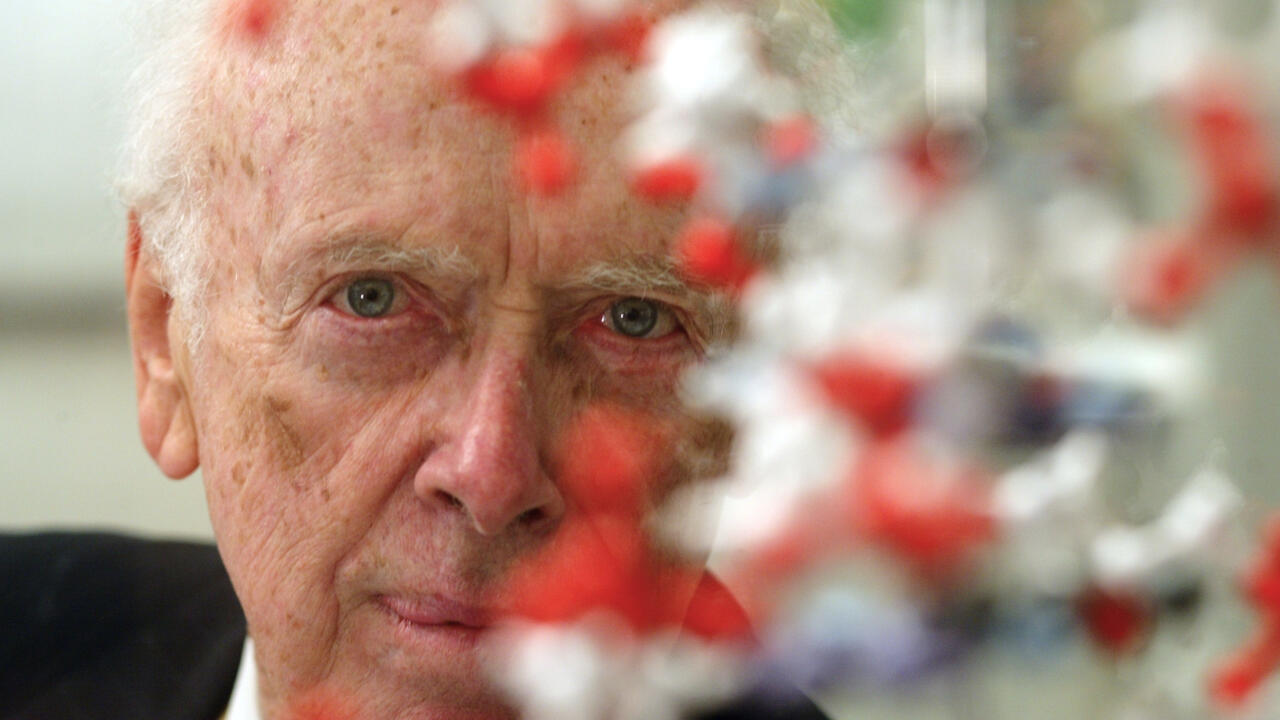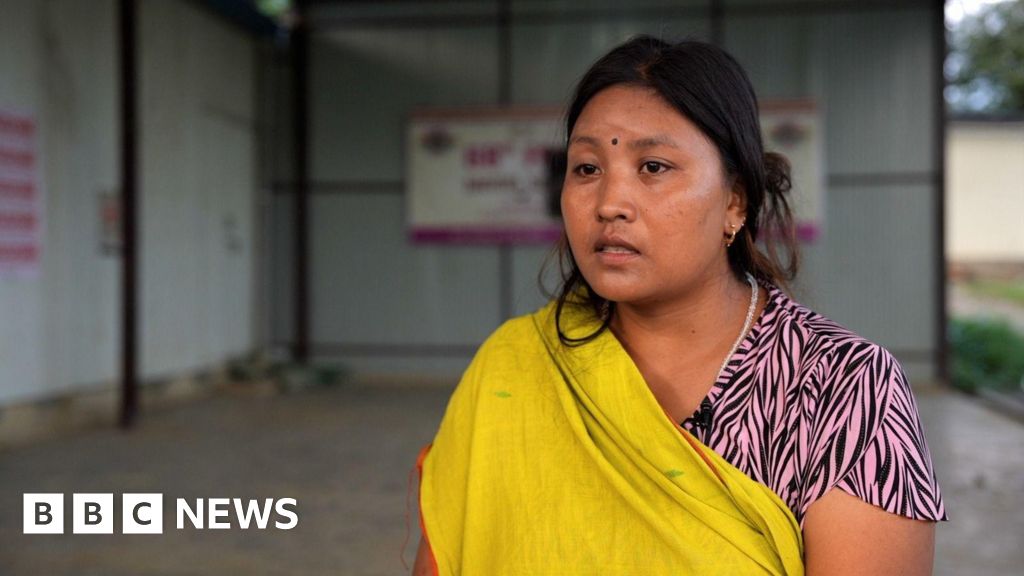Archaeologists have lifted the lid on a remarkably well-preserved Roman sarcophagus unearthed in Budapest. The limestone tomb contained the skeleton of a young woman who lived about 1,700 years ago.
Experts at the Budapest History Museum discovered the coffin during a large-scale excavation in Óbuda, a northern neighbourhood of the city. Óbuda was once part of Aquincum, a bustling Roman settlement on the empire's Danube frontier.
Untouched by looters and sealed for centuries, the sarcophagus was found with its stone lid still fixed in place, secured by metal clamps and molten lead.
When researchers carefully prised open the lid, they uncovered a complete skeleton surrounded by dozens of artifacts.
Gabriella Fényes, the excavation’s lead archaeologist, said: "The peculiarity of the finding is that it was a hermetically sealed sarcophagus. It was not disturbed previously, so it was intact."
The coffin was among the ruins of abandoned houses in a quarter of Aquincum abandoned in the third century and later used as a burial ground.
Researchers uncovered a Roman aqueduct and eight simpler graves nearby, but none approaching the richness or pristine condition of the sealed tomb.
The sarcophagus held an array of objects, including two completely intact glass vessels, bronze figures and 140 coins.
Experts suggest a bone hair pin, a piece of amber jewellery and traces of gold-threaded fabric, along with the size of the skeleton, point to the grave belonging to a young woman.
Ms Fényes said the objects were items given to the deceased by her relatives for her eternal journey. She added: "The deceased was buried very carefully by her relatives. They must have really loved who they buried here."
During the Roman period, much of what is now Hungary formed the province of Pannonia. Its frontier ran along the right bank of the Danube River less than a mile from the site.
A short distance away stood a legionary camp guarding the border. The newly found structures are believed to have been part of the civilian settlement which developed around it.
Anthropologists will now examine the young woman’s remains, a process expected to reveal more about her age, health and origins. But even now, the grave’s placement and abundance of artifacts offer strong clues.
Gergely Kostyál, a Roman-period specialist and coleader of the project, said the sarcophagus and its contents definitely made it stand out. He said: "This probably means that the deceased was well-to-do or of a higher social status.
"It is truly rare to find a sarcophagus like this, untouched and never used before, because in the fourth century it was common to reuse earlier sarcophagi."
Mr Kostyál added: "It is quite clear this sarcophagus was made specifically for the deceased."
Excavators also removed a layer of mud roughly four centimetres (1.5 inches) thick from inside the coffin which Ms Fényes hopes could contain more treasures.
She said: "I suspect we could find jewellery. We haven’t found any earrings or other jewellery belonging to the woman so I hope that these small items will turn up during the sifting of the mud."
For Ms Fényes the discovery of the Roman sarcophagus is not just of scientific significance, but an emotionally resonant insight into the devotion displayed by people in an ancient time.
She said: "I was very touched by the care and expression of love that we were able to get a glimpse of. Even now, I shudder to think how painful it must have been for the people at that time to bury this young lady."

 1 day ago
5
1 day ago
5










 English (US) ·
English (US) ·